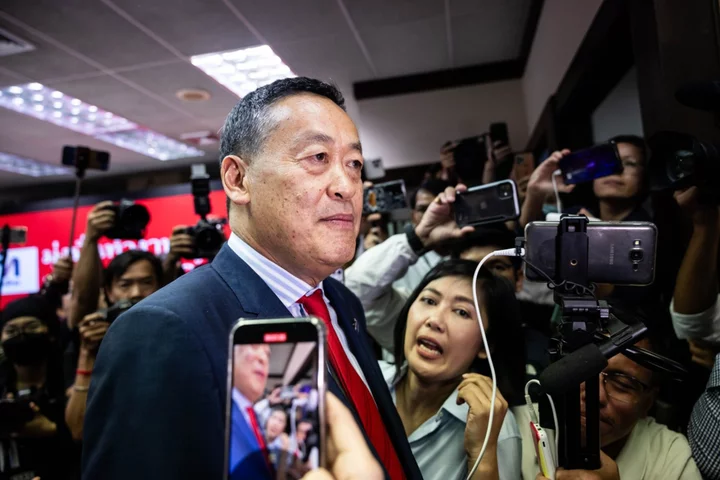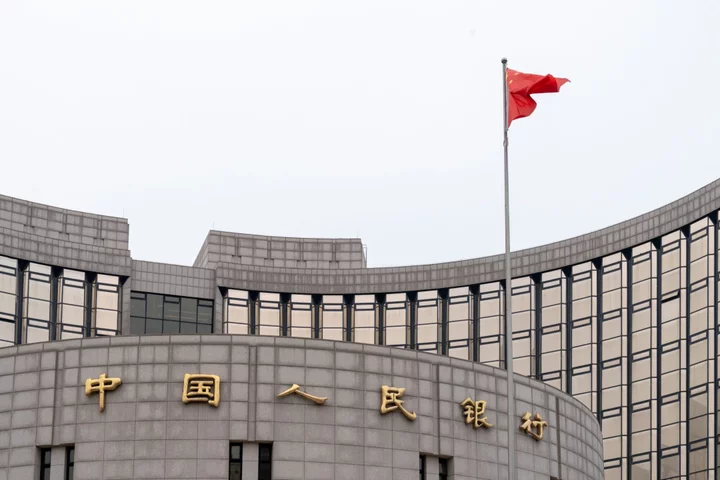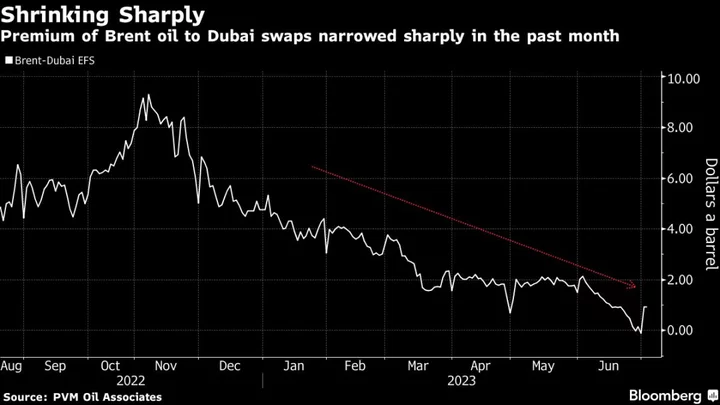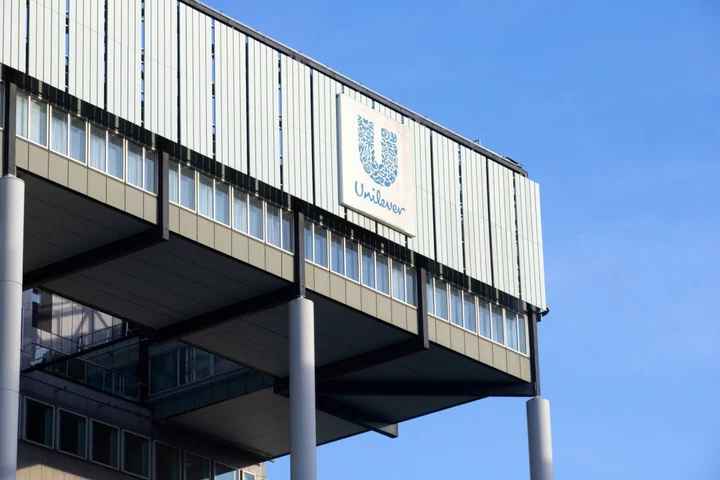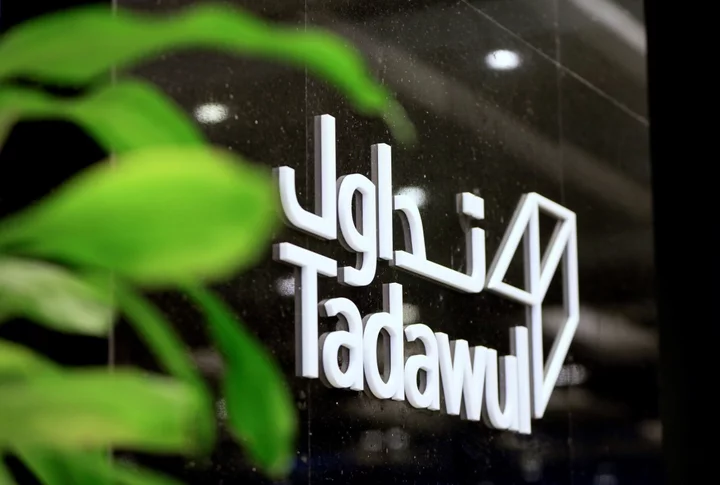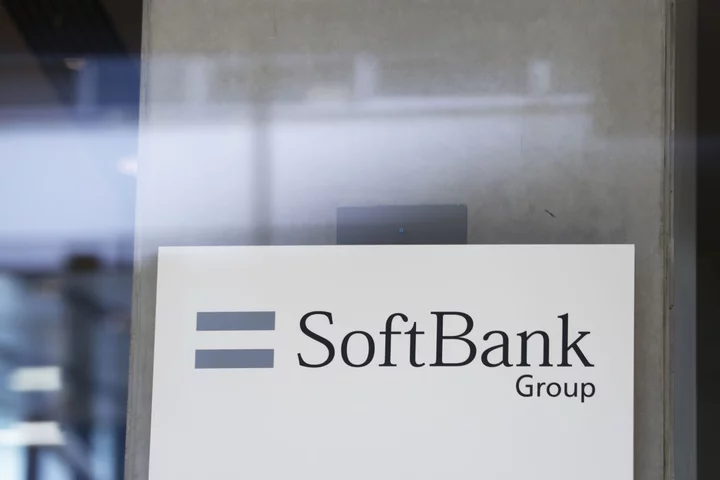The Philippine central bank kept its key interest rate steady on Thursday to allow previous increases to filter through the economy amid moderating price risks and a recovering peso, while leaving the door open to further tightening if needed.
The Bangko Sentral ng Pilipinas left its target reverse repurchase rate at 6.50%, as seen by 17 of 22 economists surveyed by Bloomberg, after an off-cycle rate hike on Oct. 26. The rest predicted a quarter-point increase.
The BSP stood pat after lifting its key rate by 25 basis points three weeks ago in an unscheduled move, which came with the admission from Governor Eli Remolona that the decision was a “catch up” amid escalating price risks at that time. Since then, inflation pressures have eased and the local currency has strengthened as the Federal Reserve was predicted to be done raising rates.
“Guided by incoming data, the BSP remains prepared to resume monetary policy tightening as necessary to steer inflation towards a target-consistent path,” according to the BSP statement read by Deputy Governor Francis Dakila. “The Monetary Board continues to deem it necessary to keep monetary policy settings sufficiently tight until a sustained downtrend in inflation becomes fully evident and inflation expectations are firmly anchored.”
While policymakers remain hawkish, with Dakila flagging that the latest “risk adjusted” forecasts are showing that inflation may breach the 2%-4% target for a third straight year in 2024, easing global oil prices and Fed rates hitting peak may prove that the recent wave of tightening in Asia could be shortlived.
Remolona wasn’t at the BSP briefing as he joined President Ferdinand Marcos Jr.’s trip to the US this week.
A separate Bloomberg poll showed that majority of analysts see the BSP keeping borrowing costs at 6.5% — the highest in 16 years — through mid-2024 as they expect inflation to return to within the central bank’s target by next year.
“While we do not expect any more hikes, the BSP must maintain the hawkish narrative to keep inflation expectations anchored,” said Eugenia Victorino, head of Asia strategy at Skandinaviska Enskilda Banken AB. “High interest rates in the Philippines will also help provide some cushion against the volatility in the US yields and its impact on the peso.”
Inflation came in sharply slower than anticipated in October at 4.9%, providing policymakers room to pause, though still above target. While Philippine economic output grew faster than expected in the third quarter, consumer spending softened and investment declined amid the BSP’s most aggressive monetary tightening in two decades.
What Bloomberg Economics Says
Further hikes down the road can’t be ruled out. Core inflation — though still cooling — remains elevated. Headline inflation has scope to remain above the central bank’s 2%-4% target for much of 2024. The peso will stay vulnerable to selling pressure as US recession signals mount. Altogether, that sustains the risk of secondary spillovers from accumulated cost increases.
—Tamara Mast Henderson, Asean economist
For the full note, click here
The BSP presented two sets of inflation forecasts on Thursday, with the “risk adjusted” model showing price gains may average at 4.4% in 2024 and 3.4% in 2025 from an estimated 6.1% this year. The peso has strengthened 1.7% this month.
“The board considers all the latest available information and acts accordingly. But the policy statement remains hawkish,” Dakila said when asked if he sees a rate hike at the December meeting.
--With assistance from Tomoko Sato, Karl Lester M. Yap, Manolo Serapio Jr., Cecilia Yap and Claire Jiao.
(Updates with central bank’s statement and analysts comments.)


